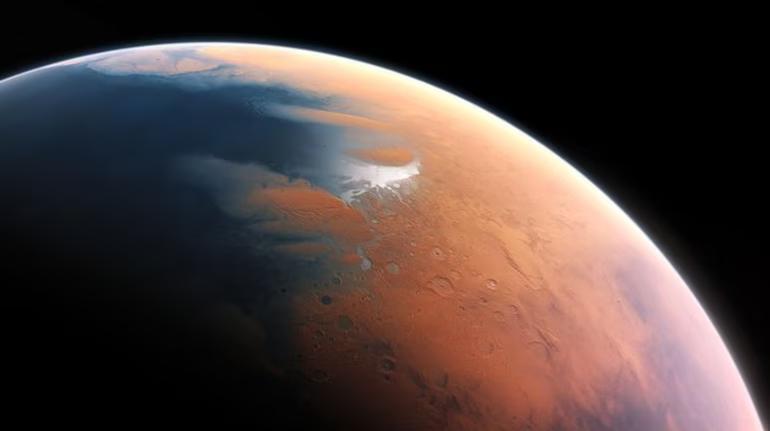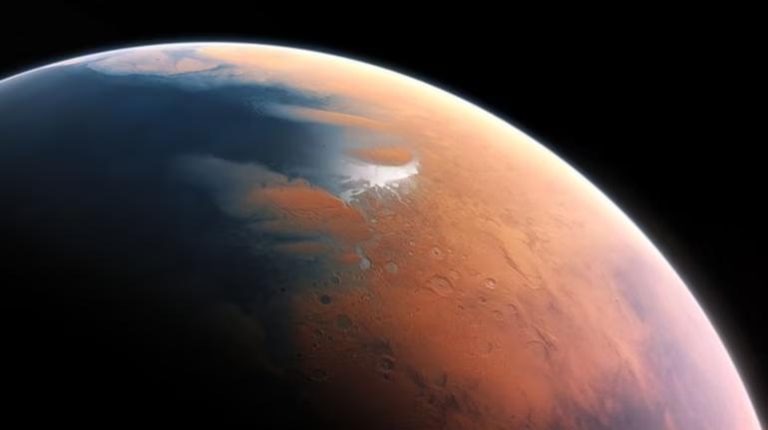
Mars may have once had rain & snowfall, finds new study
For decades, scientists have been fascinated by the possibility of life on Mars, and in recent years, research has suggested that the Red Planet may have once been capable of supporting life. Now, a new study by the University of Colorado Boulder has shed further light on the planet’s past, suggesting that Mars may have once experienced rainfall and snowfall, feeding valleys and channels.
Studies have long suggested that there is evidence that at least some water existed on the surface of Mars around 4 billion years ago. However, the source of this water has not been ascertained yet. The new study, published in the journal Science, provides fresh insights into the planet’s watery past.
To conduct the study, researchers analyzed data from NASA’s Mars Reconnaissance Orbiter, which has been orbiting the planet since 2006. The team focused on a region known as Arcadia Planitia, a vast plain in the northern hemisphere of Mars that is home to numerous valleys and channels.
Using advanced computer models, the researchers simulated the Martian climate over millions of years, taking into account factors such as the planet’s atmospheric composition, temperature, and precipitation patterns. Their findings suggest that Mars may have once had a much more Earth-like climate, with rainfall and snowfall occurring regularly.
“In this study, we show that the climate on Mars was much more Earth-like in the past,” said lead author Dr. Brian Hynek, a planetary scientist at the University of Colorado Boulder. “The results suggest that Mars may have had a watery past, with rainfall and snowfall occurring regularly, and the valleys and channels may have been formed by flowing water.”
The study’s findings are based on the analysis of craters and valleys in the Arcadia Planitia region, which are thought to have been formed by water flowing through the Martian surface. By simulating the Martian climate over millions of years, the researchers were able to recreate the conditions that may have existed on the planet during its watery past.
The team’s findings also suggest that the water on Mars may have originated from a combination of sources, including atmospheric water vapor and groundwater. This raises the possibility that the water may have been present on the surface of the planet for millions of years, providing a stable environment for life to thrive.
While the study’s findings are exciting, they also raise more questions than they answer. For example, the source of the water on Mars remains a mystery, and further research is needed to determine how the water was transported to the surface of the planet.
The discovery of a watery past on Mars has significant implications for the search for life on the planet. If the planet’s climate was once capable of supporting life, then it’s possible that microbial life may have existed on Mars in the past. The discovery of water on Mars also raises the possibility of future human exploration and settlement of the planet.
As Dr. Hynek noted, “The discovery of a watery past on Mars raises the possibility that the planet may have been capable of supporting life in the past. This is an exciting prospect, and one that could have significant implications for the search for life on Mars in the future.”
In conclusion, the new study by the University of Colorado Boulder provides fresh insights into Mars’ watery past, suggesting that the planet may have once experienced rainfall and snowfall, feeding valleys and channels. While the study’s findings are exciting, they also raise more questions than they answer, and further research is needed to determine the source of the water on Mars and to explore the possibility of life on the planet.






